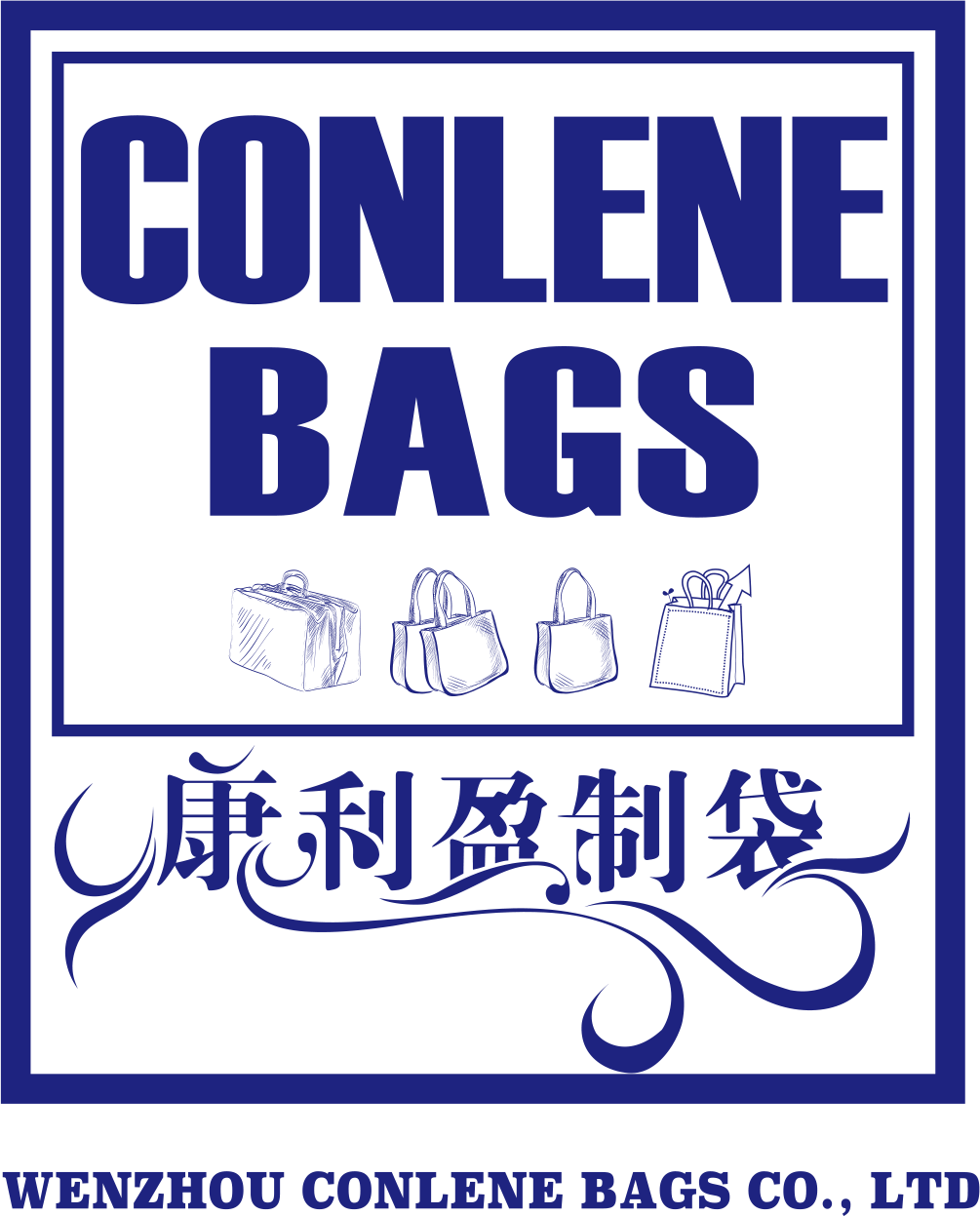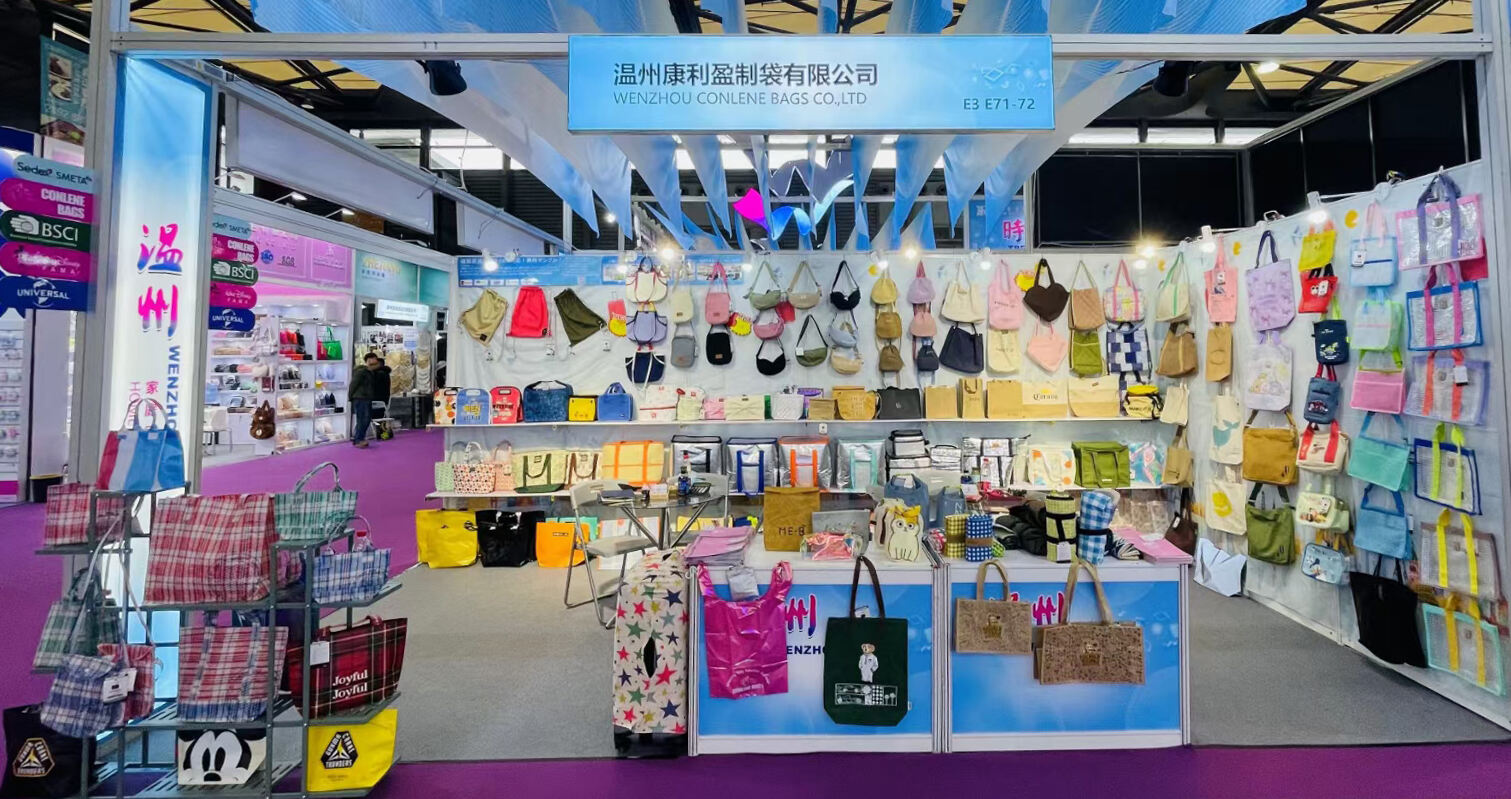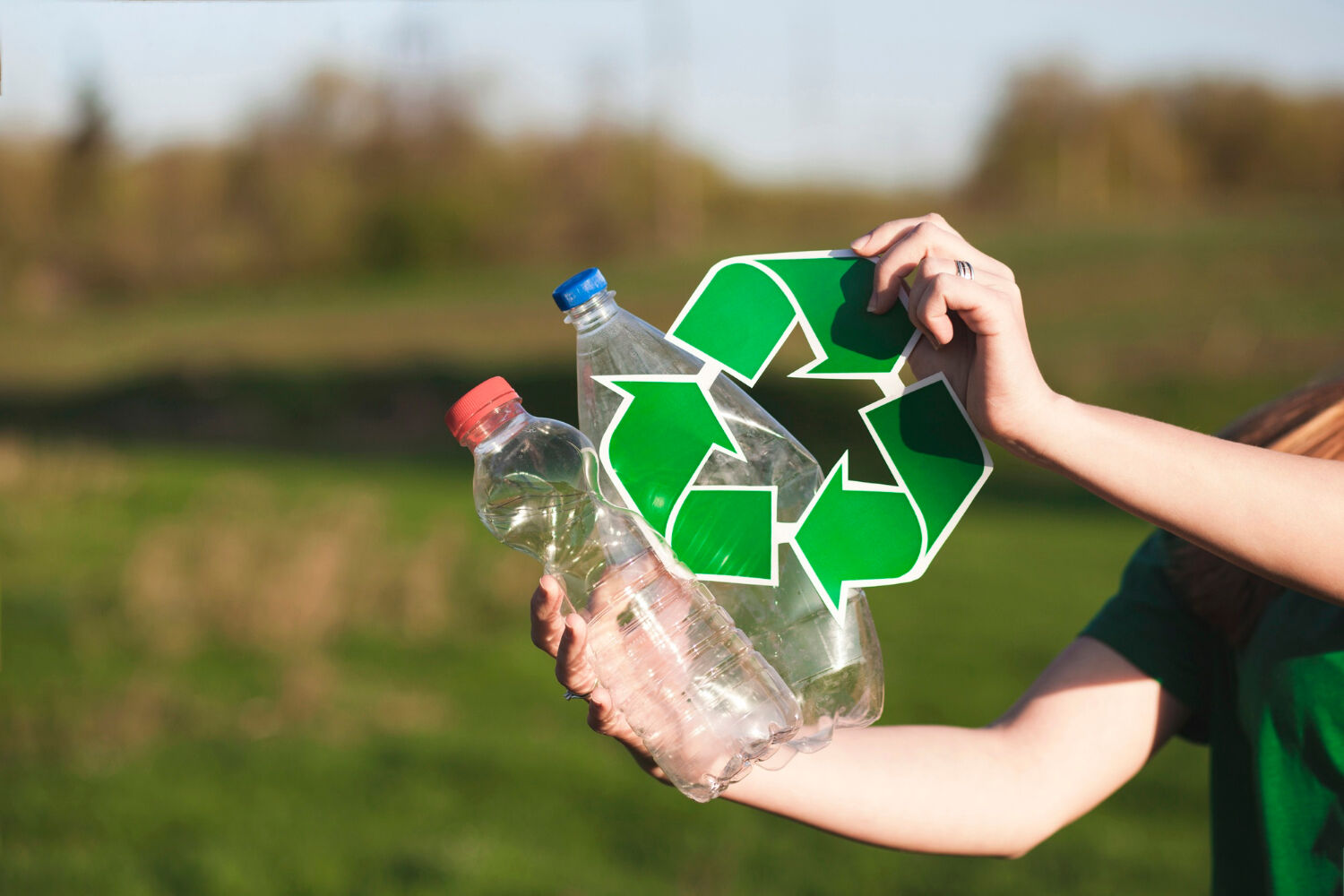
Eco-Friendliness and Sustainability of Plain Canvas Bags
How Plain Canvas Bags Reduce Reliance on Single-Use Plastics
Regular old canvas bags are actually pretty tough stuff and can be used over and over again, which means people don't have to rely so much on those throwaway plastic bags anymore. Some research from 2025 showed something interesting too - if someone carries around their canvas tote about 132 times, all that effort pays off because the environmental cost of making the bag gets balanced out. That makes these canvas options roughly 173 times better for the planet compared to regular plastic shopping bags. When folks make the switch to canvas, they tend to stop grabbing hundreds of plastic bags each year, maybe around 325 or so. And this change really matters because fewer plastic bags end up polluting our landfills and washing into the oceans where they break down into tiny bits of microplastic that nobody wants floating around.
Environmental Benefits of Cotton Canvas Versus Synthetic Materials
Unlike petroleum-based synthetics that persist for centuries, cotton canvas breaks down within months under composting conditions and releases 73% fewer microfibers during washing. Cotton canvas production also consumes 50% less energy than recycled polyester manufacturing and avoids the toxic byproducts associated with synthetic textile processing.
Sustainable Sourcing and Biodegradability of Natural Canvas Fibers
Organic cotton canvas requires around 91 percent less water compared to regular cotton growing methods, and suppliers who have GOTS certification simply cannot use those synthetic pesticides anymore. When left untreated, these canvases break down about four times quicker than their dyed counterparts, which means they actually help improve soil quality rather than polluting it with harmful substances. Many top manufacturers are starting to adopt what's called regenerative farming techniques these days. These approaches don't just avoid damage but actually pull carbon out of the atmosphere while plants grow. Anyone serious about checking real sustainability numbers should definitely look into the latest edition of the Reusable Textiles Report coming out in 2025 for all the hard data on this stuff.
Durability and Long-Term Value of Plain Canvas Bags
High Tensile Strength and Resistance to Daily Wear and Tear
When it comes to durability, plain canvas just beats out those synthetic blends hands down. Cotton fibers woven tightly together can handle about two to three times as many friction cycles compared to polyester fabrics. The simple weave pattern actually forms these little tension points throughout the fabric that stop it from fraying easily, especially around stress spots such as seams or handles where most materials tend to give way. Some tests have been done on this stuff too, and they found that regular old untreated canvas keeps roughly 94 percent of its strength even after going through over 500 washes. That kind of resilience makes sense why so many people still reach for canvas when they need something that will last through constant use.
Cost Efficiency Over Time Due to Reusability of Plain Canvas Bags
Plastic grocery bags typically run around 2 to 5 cents apiece, but folks who switch to canvas will find they save money fast. Lifecycle studies show that after about 30 times in the store, those canvas sacks actually cost 87 percent less per trip. Think about it: if a family grabs 10 canvas bags instead of single-use ones, they could ditch more than 1,200 plastic bags every year. That adds up to somewhere between sixty bucks and a hundred and twenty saved annually. Most good quality canvas bags last anywhere from three to five years when properly cared for. Want them to stick around longer? The makers suggest letting them dry naturally rather than tossing them in the dryer, and definitely don't overload them with heavy items since that tends to tear things apart pretty quick.
Versatility in Daily Lifestyle Applications
The plain canvas bag serves as a practical, adaptable companion across everyday scenarios, combining utility with timeless design.
Minimalist Design Complements Any Setting or Personal Style
Neutral tones and clean lines allow plain canvas bags to blend seamlessly into professional, casual, or academic environments. Their understated aesthetic pairs easily with diverse wardrobes, offering a versatility that branded or logo-heavy synthetic totes often lack.
Functional Adaptability in Urban Environments and Active Routines
Reinforced stress points and non-plastic water-resistant treatments provide resilience against rain and daily wear. Features like adjustable shoulder straps enable hands-free biking, while rolled tops allow compact storage when not in use. With a reliable 15+ lb capacity, these bags are well-suited for farmers’ markets, library visits, or daily commutes.
Comfort and User-Friendly Design Features
Lightweight Construction Enhances Daily Carry Convenience
Weighing 30–50% less than structured leather or rigid synthetic totes, plain canvas bags typically stay under 500g even when fully loaded. Their flexible fabric conforms to contents without adding bulk, improving maneuverability in crowded spaces. Urban mobility studies show 72% of users prefer this lightweight feel for daily commuting and multitasking.
Balanced Weight Distribution for Comfortable Long-Term Use
Engineered for sustained comfort, quality canvas bags maintain stability up to 15kg through:
- Cross-grain weaving that prevents strap stretch
- Optimized base-to-handle weight ratio (typically 3:1)
- Natural fiber flexibility that adapts to body motion
These design elements enable 68% longer comfortable carry durations compared to non-ergonomic alternatives, as documented in a six-month user study tracking 500 urban dwellers.
Easy Maintenance and Care for Lasting Freshness
Washable Fabric Keeps Your Plain Canvas Bag Clean and Reusable
Regular canvas holds up much better through multiple cleanings than most synthetic fabrics do. Just run it through a cold water cycle with some gentle soap and let it dry flat instead of tossing it in the dryer. The fabric won't shrink this way. Keeping things this straightforward means the bag can last for years rather than getting tossed after a few uses. Some studies on fabric longevity actually show that sticking with reusable canvas cuts down on textile waste by around 42% when compared to those single use plastic bags we all know too well.
Resistance to Stains and Minimal Upkeep Required Over Time
Tightly woven cotton provides inherent resistance to:
- Oil penetration (73% lower than polyester blends)
- Food spills due to high fiber density
- Odor retention through breathable construction
This stain resilience results in 89% fewer cleaning sessions annually compared to plastic-lined bags. Combined with fade-resistant dyes, plain canvas maintains a neat, professional appearance even after years of regular use.
FAQ
Why are plain canvas bags considered eco-friendly?
Plain canvas bags are eco-friendly because they can be reused multiple times, reducing reliance on disposable plastic bags. They also decompose faster and have a much lower impact on microplastic pollution.
How do canvas bags compare to plastic and paper bags in terms of lifecycle?
Canvas bags can be used more than 500 times, whereas plastic bags typically last for 1-2 uses and paper bags for 3-5 uses. Canvas bags decompose much quicker than plastic bags and only slightly slower than paper bags.
How can I maintain the freshness and longevity of my canvas bag?
To maintain your canvas bag, wash it in cold water with gentle soap and let it dry flat. Avoid overloading it with heavy items to prevent tears. This maintenance improves longevity and reduces textile waste.









